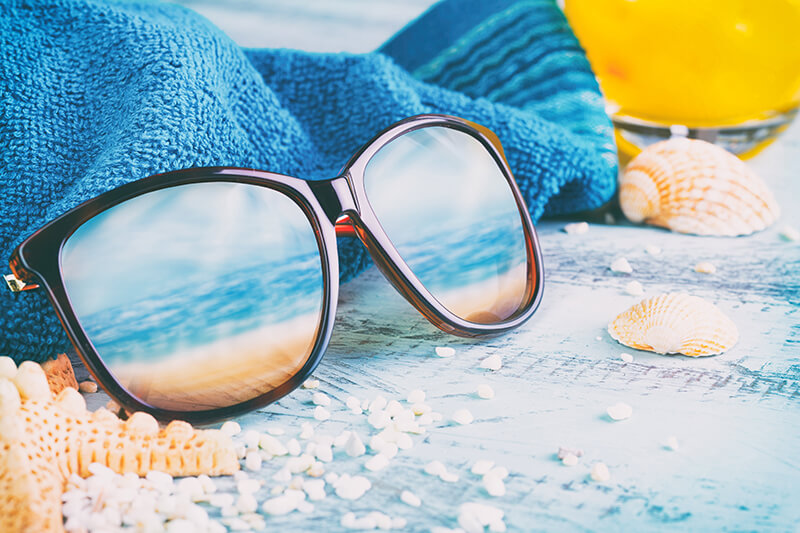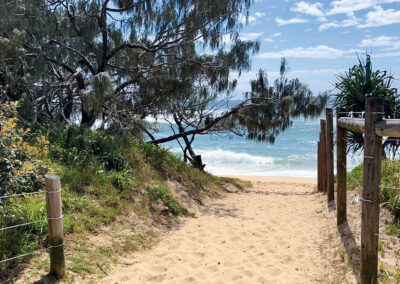When you’re shopping for sunglasses, it’s a good idea not to always consider just how they look, as polarized lenses are an option to wear, to keep your eyes healthy in the harsh Australian sunlight.
See the difference!
So, there you are, standing in the Sunglass Hut store, trying on different sunglasses for the last hour, finally you have found the perfect pair; the right shape, the correct colour lens, and priced within your budget, however, you can’t decide if you want to splash out the extra money, on the polarized version of your new sunglasses!
Polarized sunglasses are a perfect option for anyone who spends a lot of time working or having fun in the great outdoors, as they offer the added advantage of reducing high glare and reflections that may harm your vision. This type of lens is especially preferred around water and snow activities, as they increase contrast and reduce color distortion, helping improve your vision clarity in bright situations and help reduce eyestrain.
How do polarized lenses work?
Our eyes perceive light rays that are reflected off objects, these rays are usually scattered before they enter your eyes, however, with smooth, flat, and highly reflective surfaces, such as water, metal and snow, light bounces off the surface much brighter, and reflects without being scattered.
Polarized lenses prevent the light glare from hitting you directly in your eyes. The lenses are coated with a special chemical that helps block some of that light, acting as a filter and giving your vision more clarity.
It’s easy to find out if you are currently wearing polarized lenses, simply look at one of those LCD advertising boards, if the image is very dark or black, your wearing polarized sunglasses.
How do you know if your new sunglasses are good for your eye health?
Wearing sunglasses that comply with the Australian sunglass standard, will provide the eyes with substantial protection against solar UVR. Sunglasses that meet the standard requirements are recommended for both children and adults, particularly the wrap-around type, that can give you UVR protection from the sides. Note, not all polarized sunglasses have UVR protection.
Check the sunglasses swing label for the follow:
- Labelled as either ‘sunglasses’ or as ‘special purpose sunglasses’ and not as ‘fashion spectacles’.
- A statement that they comply with the requirements of the Australian/New Zealand Standard for Sunglasses and Fashion Spectacles, AS/NZS 1067.
- Listing the identity of the manufacturer or supplier, the lens category number, description and driving suitability.
While polarized sunglasses are a great option for helping to protect your eyes, there are a couple of drawbacks to consider. They are not recommended for wearing in low-light situations and driving at night, as the darkened lens makes it harder to see. They can also react negatively to some windshield car tints, resulting in an oil like reflection. They aren’t good for reading LCD screens and for people whose sight may be sensitive to changing light.
If you’re not sure whether you should try polarized lenses, it might be an idea to check with your optometrist about which type of protective sunglasses are best for you and your eyes.





